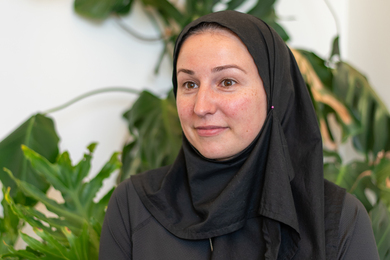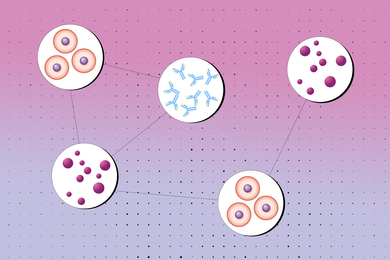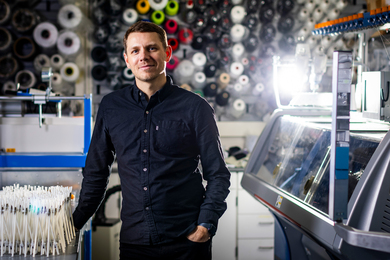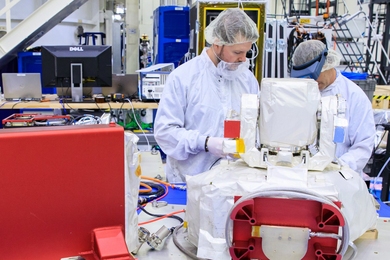Photonic processor could enable ultrafast AI computations with extreme energy efficiency
This new device uses light to perform the key operations of a deep neural network on a chip, opening the door to high-speed processors that can learn in real-time.














